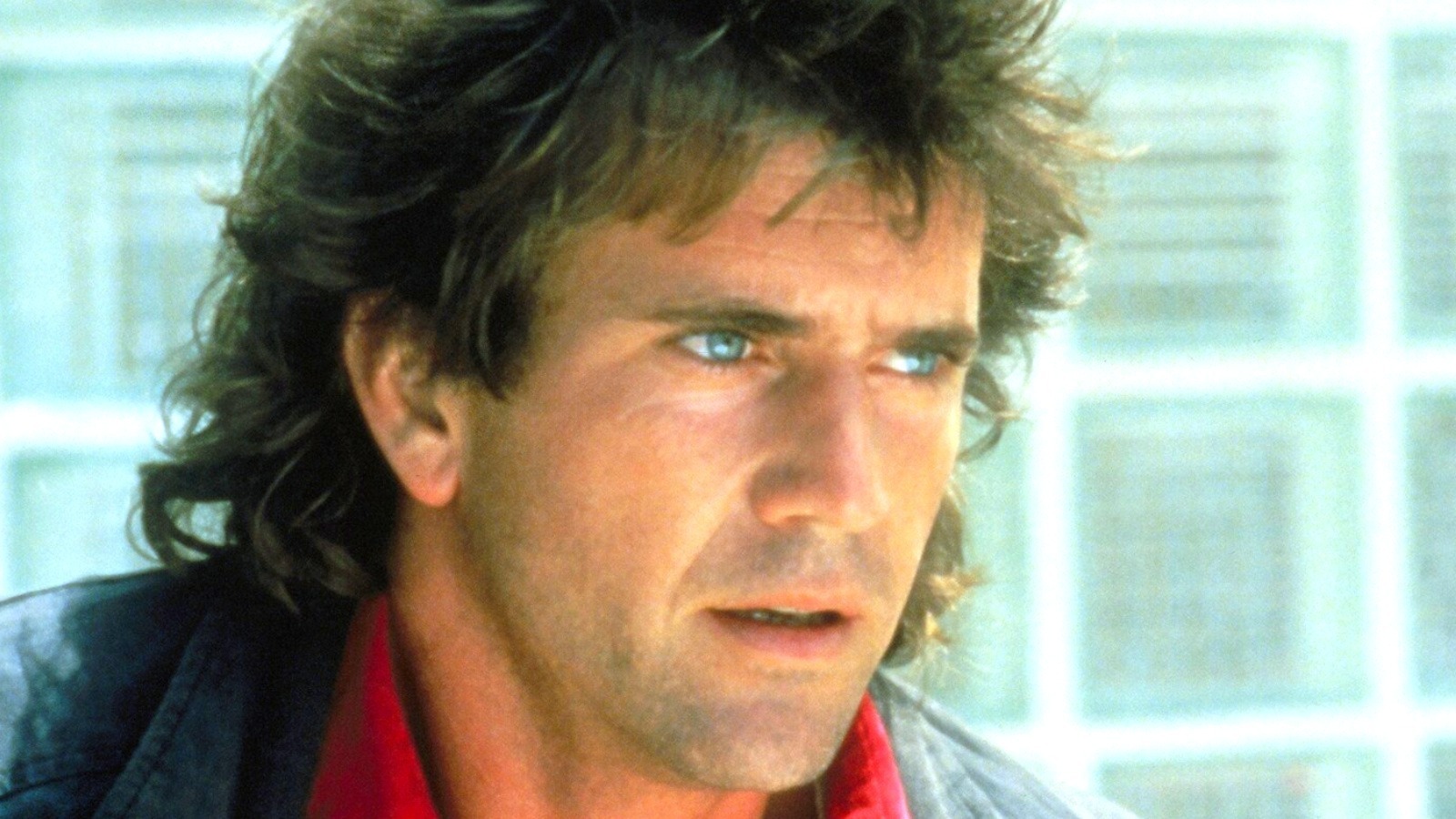
The 1980s saw a boom in the popularity of massive film franchises and continuous sequels. After the blockbuster wave was initiated in the tail end of the 1970s with Jaws and Star Wars, studios were eager to be a part of the trend and churn out as many sequels as possible. In fact, many of the greatest movie sequels of all-time, such as The Empire Strikes Back, Indiana Jones and the Last Crusade, Aliens, Mad Max 2: The Road Warrior, and Evil Dead II were released in the 80s.
However, time has not been equally kind to all sequels of the decade, and many are still underrated to this day. Granted, nearly all of these sequels were financially successful at the time, but they still receive less acclaim from critics and fans, and tend to rank lower on lists rating their respective franchises. Here are the top ten most underrated movie sequels of the 1980s.
10. Indiana Jones and the Temple of Doom (1984)
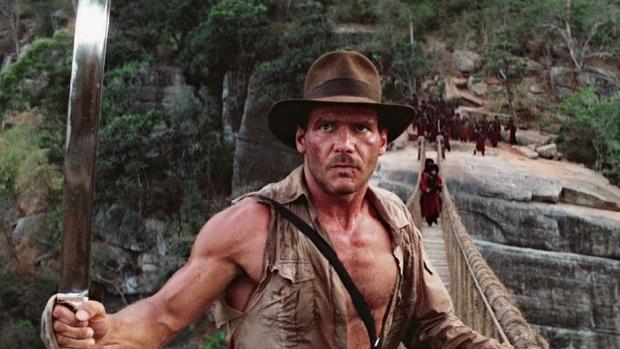
Raiders of the Lost Ark is often cited as one of the pinnacles of summer movie entertainment and one of the greatest adventure movies ever made, and Indiana Jones and the Last Crusade oftens gets attention as the franchise’s best sequel. While Indiana Jones and the Temple of Doom doesn’t quite reach the highs of those two films, it’s still a very worthy film that took the series in a darker direction. Initially drawing backlash for the more graphic content, which helped to invent the PG-13 rating, Temple of Doom has aged quite gracefully as a more bizarre spin on the adventure serial.
Taking place one year prior to the events of Raiders of the Lost Ark, Temple of Doom opens with a stunning nightclub sequence lifted straight out of the James Bond franchise and pits Indy against a mysterious cult that practices black magic. It’s a relentlessly paced film featuring more scary horror elements, but also retains much of the franchise’s humor thanks to new characters Short Round (Jonathan Ke Quan) and Willie Scott (Kate Capshaw).
9. Friday the 13th: The Final Chapter (1984)
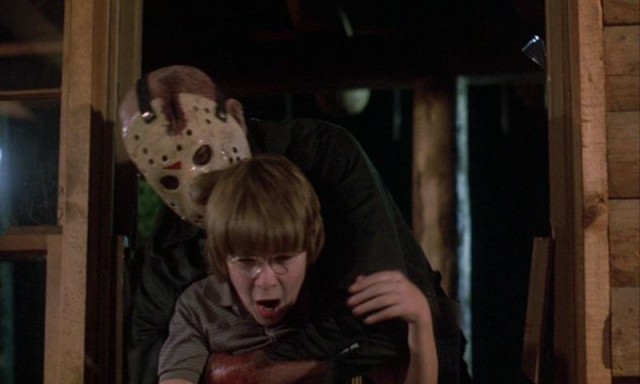
The Friday the 13th franchise has had an interesting trajectory, as the films grew to be more ridiculous and self-aware as they went along. The films vary greatly in quality, but the absolute pinnacle of the series was 1984’s Friday the 13th: The Final Chapter, which saw Jason Voorhees being revived after the events of Part III. The plot is identical to the other films in the franchise, but The Final Chapter features some genuine suspense and some of the most memorable death sequences of the franchise.
What elevates The Final Chapter above the other films in the series are the memorable characters; while every supporting character in a Friday the 13th film is bound to turn into fodder for Jason to kill eventually, the group of ignorant teens in The Final Chapter at least have unique personality traits that flesh them out before the carnage starts. Crispin Glover gives a very strange but highly entertaining comedic performance as the awkward Jimmy, but the standout performance by far is Corey Feldman as Tommy Jarvis, the twelve-year-old boy who is left to battle Jason at the end.
8. Mad Max: Beyond Thunderdome (1985)
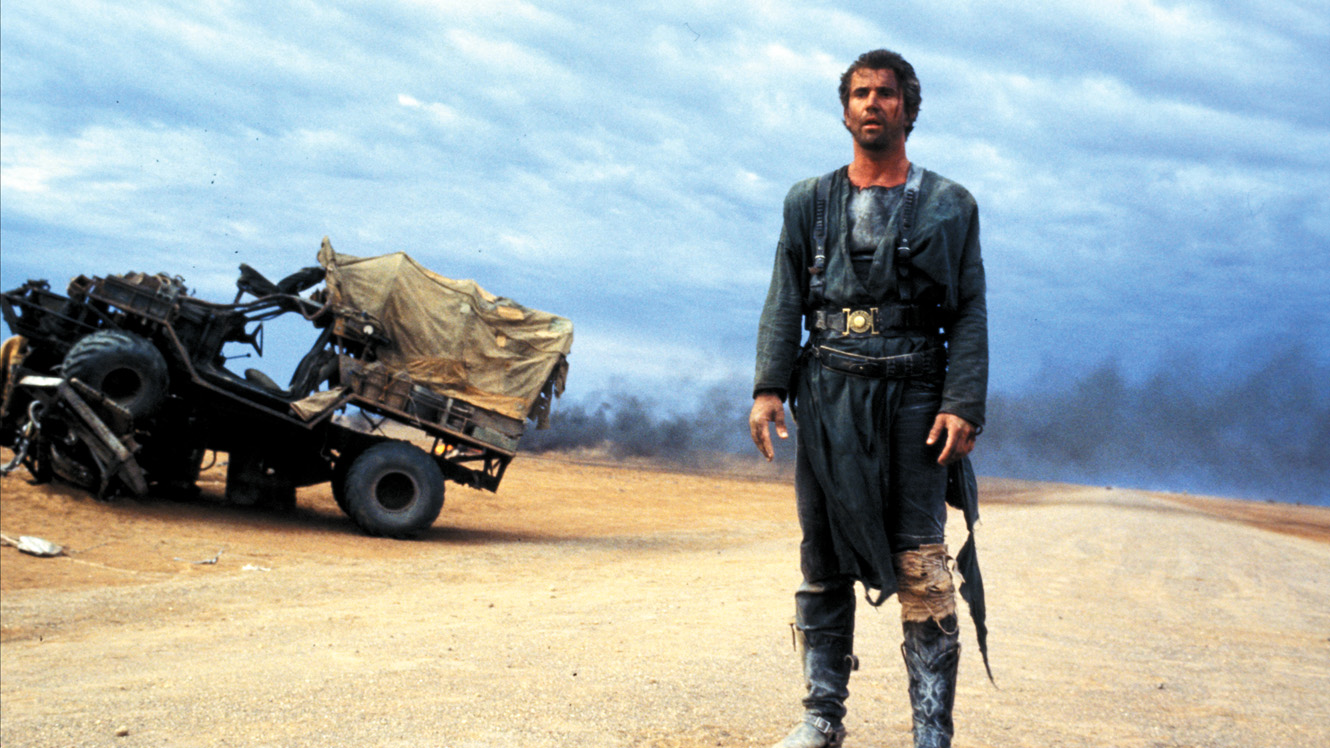
The third film in George Miller’s original Mad Max trilogy had the difficult task of following up The Road Warrior, which is commonly cited as one of the greatest action films of all-time. Compared to the complete bleakness of the first two installments, Beyond Thunderdome is slightly lighter in approach, as it follows Max Rockatansky (Mel Gibson) as he aids a group of lost children who view him as their potential savior.
It’s certainly a more heartfelt approach to the Mad Max franchise that introduces greater sentimentality, but the film never descends into corniness, as Gibson remains as stoic as ever in the role. The film also features some truly imaginative action as orchestrated by Miller, particularly the caged battles at the beginning of the story and the epic aeroplane escape at the end. While Miller would return to the franchise thirty years later with Tom Hardy in the role of Max, Beyond Thunderdome made for a suitable conclusion to Gibson’s tenure in the role.
7. Octopussy (1983)
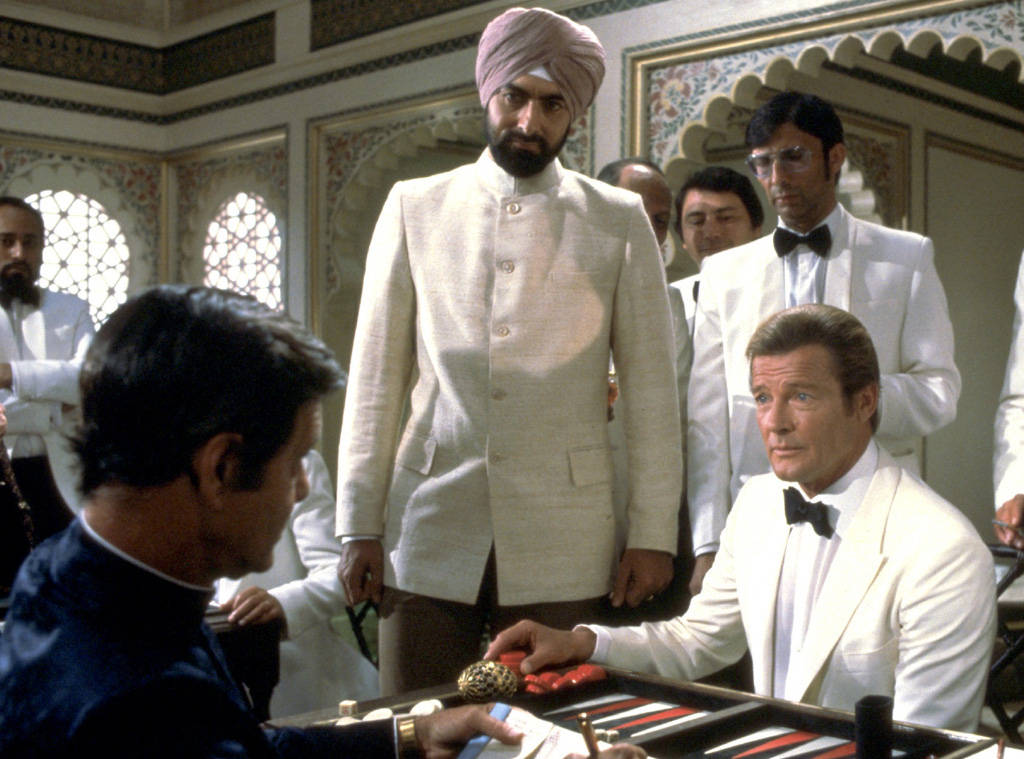
Roger Moore had a very interesting tenure as James Bond, as while some of his earlier films, including Live and Let Die and The Spy Who Loved Me, were genuine classics, the films gradually became campier and more comedic as they went along. Although it’s easy to dismiss all of the late period Moore films, many of them have redeeming values, and Octopussy is one film that 007 fans should give another shot. The film is completely aware of its own ridiculousness, and instead of trying to replicate the Sean Connery films, it allows Moore to bring his own sensibilities to the role.
Featuring one of the most memorable Bond girls in Maud Adams’s titular Octopussy, the film also featured a beefed up role for Desmond Llewelyn as Q and put him straight within the thick of the action. While the film makes some bold attempts at broad comedy (Bond even dresses up as a clown at one point), it doesn’t skimp out on the action, and features one of the franchise’s most memorable setpieces with the climactic plane battle.
6. Rocky III (1982)
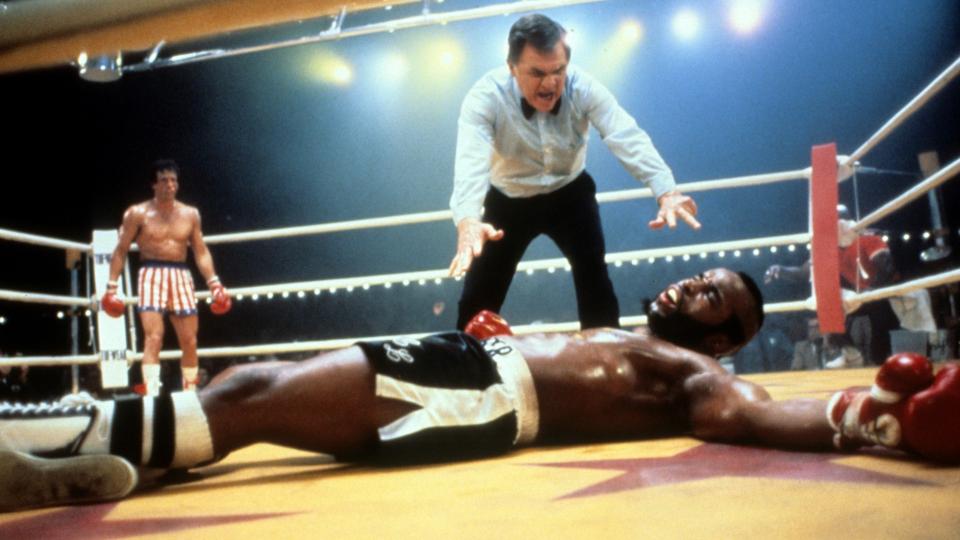
Rocky III made for a shift in the Rocky franchise, as after the grounded, gritty feel of the first two installments, the third film transformed the series into a more serialized “villain of the week” saga. It was necessary for the series to evolve in order to move forward, and although it may lack the subtle character nuances of the first two films, Rocky III makes up for it with a great deal of personality. In the film, Rocky is called back into action in order to win back his title from the rising star Clubber Lang (Mr. T).
However, the best part of the film involves Rocky training under the tutelage of his old rival Apollo Creed (Carl Weathers), and seeing these two former enemies work together added a lot of heart to the story. There was a budding respect that had grown between the two throughout the earlier films, and seeing them reunite as friends made for a satisfying way of paying off the character development.